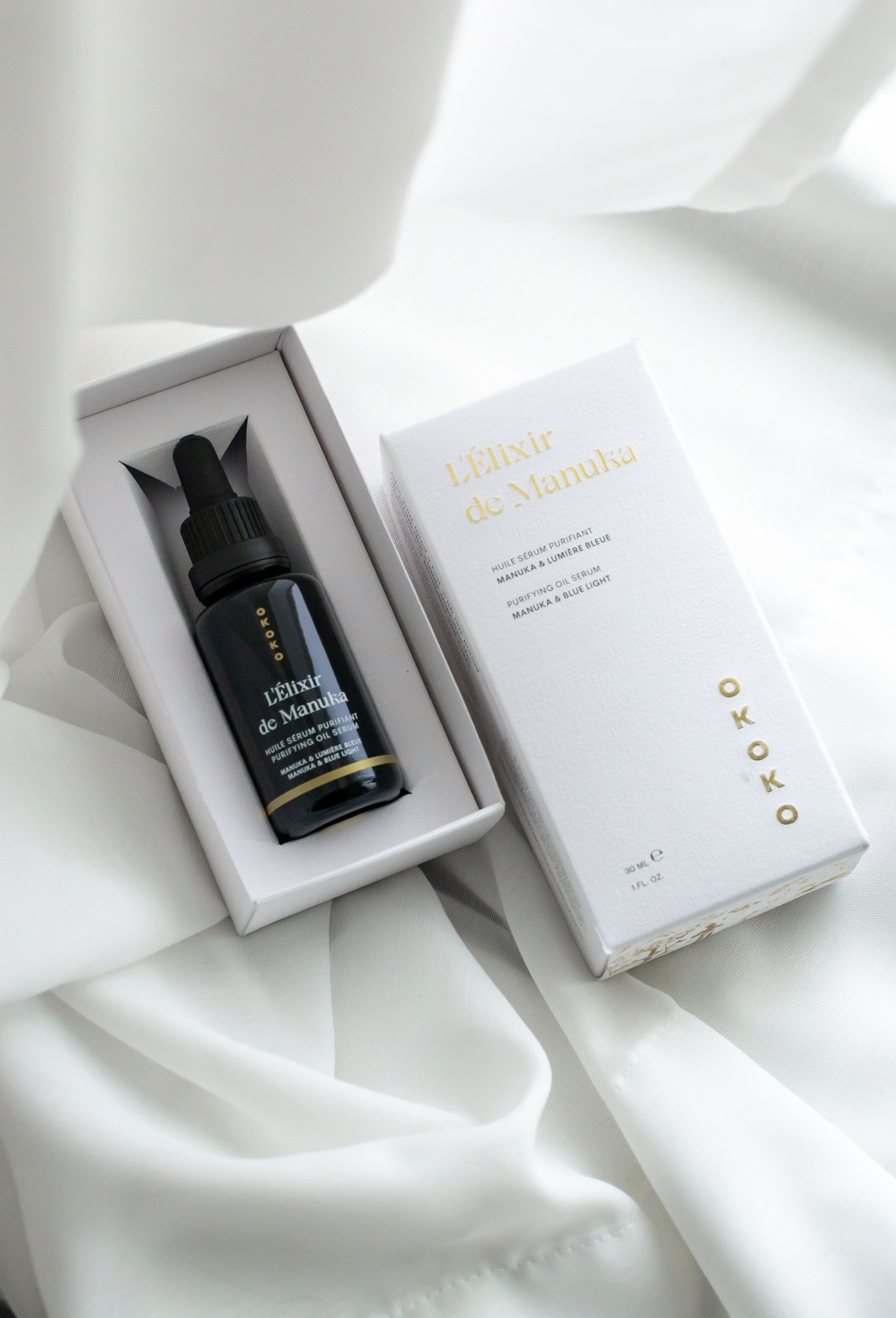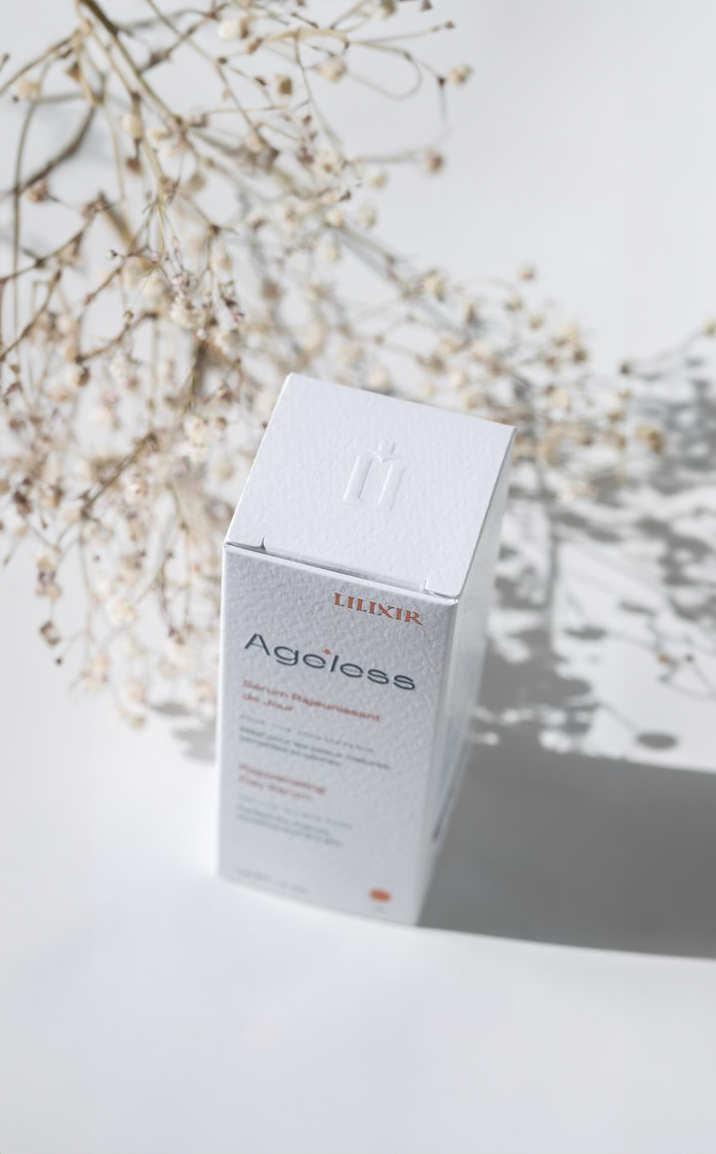Navigating New EU Packaging Rules: A Guide for Beauty and Cosmetic Brands
July 2024
eco-responsible tips
In an era where sustainability is not just a trend but a necessity, beauty and cosmetic brands have a unique opportunity to lead the way with innovative and eco-friendly packaging designs. As new EU regulations and local requirements come into effect in 2024, the push towards greener practices is a chance to enhance your brand’s commitment to sustainability.
The New EU Regulations - a Quick Overview
The European Union has introduced stringent regulations to significantly reduce packaging waste and boost recycling efforts. Packaging reduction targets are 5% by 2030, 10% by 2035 and 15% by 2040. The goal is to reduce the overall environmental footprint by slashing the weight of packaging waste by 15% per capita (EAI Imballaggi) (EAI Imballaggi).
Did you know? Each European generates almost 190kg of packaging waste every year.
For brands like yours, this means rethinking packaging strategies and materials to meet these new standards. Embracing eco-conscious packaging is not only good for the planet but also aligns with the values of the modern consumer, who is increasingly mindful of their environmental impact.
MISEICO’s packaging design features recycled paper and exquisite embossed details.
MISEICO - Miracle Pour | View the full project here
All packaging must be designed in a way that allows for easy recycling and reuse.
The European Parliament’s new rules focus on a major overhaul of packaging practices. The aim is to make packaging more recyclable, reduce waste, and promote reuse. Key targets include:
Recycling: The emphasis on choosing recyclable packaging encourages brands to shift towards materials that are easier to process and reintroduce into the production cycle.
Reuse: Specific reuse targets have been set for various sectors, including beauty and cosmetics, aiming to significantly reduce single-use packaging and promote refillable solutions and cradle-to-cradle systems.
Material Reduction: The new regulations target a 5% reduction in packaging waste by 2030, rising to 15% by 2040 . This pushes brands to adopt minimalist designs and reduce excess packaging.
LIV Botanics packaging features paper made with elephant grass fibers and exquisite embossed details. The shipping box is designed to reduce the void to a minimum.
View the full project here
Local Compliance: Navigating Regulations in France and Italy
In France - The Triman logo
If your products are sold in France, they must include the Triman logo. This symbol indicates that the packaging is recyclable and should be disposed of in the appropriate recycling bin. The Triman logo is a mandatory mark for all products and packaging in France, guiding consumers to dispose of items correctly. This logo helps consumers easily identify recyclable products, ensuring that they contribute to the recycling process efficiently.
In Italy - Detailed Environmental Labeling
For the Italian market, there are specific requirements for environmental labeling that must be followed. According to the guidelines from CONAI, all packaging introduced into the Italian market must feature detailed information on its recyclability and disposal. This includes:
Material Identification: Clearly indicate the type of material used in the packaging (e.g., plastic, glass, paper). This can be achieved through universally recognized symbols and abbreviations.
Disposal Instructions: Provide explicit instructions on how to dispose of the packaging, including which recycling streams to use. This helps ensure that materials are processed correctly, enhancing recycling rates.
Language: Information must be provided in Italian, ensuring that local consumers can easily understand how to recycle the packaging.
By adhering to these local guidelines, your brand meets regulatory requirements and demonstrates a commitment to supporting local recycling initiatives and reducing environmental impact.
LIV Botanics packaging features clear recycling instructions to educate consumers.
View the full project here
Extended Producer Responsibility: A New Paradigm
Brands are held accountable for the entire lifecycle of their packaging.
The new rules emphasize Extended Producer Responsibility (EPR), which holds brands accountable for the entire lifecycle of their packaging. This means considering how your packaging is disposed of and taking steps to ensure it’s recyclable or reusable.
Some practical tips:
Design for Disassembly
Make packaging easy to take apart so that different materials can be separated and recycled, and prefer mono-materials where possible. This is especially important for complex beauty packaging and skincare products.
Take-Back Programs
Implement programs where customers can return used packaging for recycling or refilling. This not only helps the environment but also fosters brand loyalty and engagement.
Educating and Engaging Consumers without Greenwashing
Brands are encouraged to inform customers about sustainable practices and how to dispose of packaging responsibly.
One of the key aspects of the new EU rules is the focus on consumer education. Here’s how to get involved:
Eco-Labelling
Use packaging and social media as an opportunity to provide recycling information or direct consumers to resources where they can learn more about sustainability.
Share Your Story
Use your packaging to tell the story of your brand’s commitment to sustainability, the materials used, and the ingredients sourced. Consumers are more likely to support brands that are open about their eco-friendly efforts.
Highlight Certifications
If your packaging meets certain eco-friendly standards, make sure to highlight these on your packaging and in your marketing materials.
Transparency and Honesty
Be upfront about your sustainability efforts and the challenges you face. Yes, even if things are not perfect, never conceal. Consumers value honesty and are more likely to trust brands that are transparent. Use clear and specific language to describe environmental benefits, avoiding vague terms like "eco-friendly" or "green."
Also, did you know greenwashing can be considered illegal under consumer protection laws, in the EU? The Unfair Commercial Practices Directive (UCPD) prohibits misleading environmental claims and other unfair business practices. Companies can face penalties if they provide false or exaggerated information about the environmental benefits of their products, so be careful. Besides this, greenwashing can lead to significant reputational harm, resulting in loss of consumer trust and brand value. Ouch!
Here you can find more tips on how to truly embrace eco-branding without greenwashing.
OKOKO 100% recyclable packaging design uses recycled paper, and minimalistic cold foil embossed details.
View the full project here
How to Embrace the New Standards and make your Packaging more eco-friendly
The EU's emphasis on reducing waste and increasing recyclability is paving the way for a circular economy. For beauty brands, this means designing products with their end-of-life in mind. Consider using mono-materials for easier recycling, and engage in take-back schemes where customers can return used packaging for recycling or reuse. By participating in a circular economy, your brand helps reduce waste and promotes sustainability on a larger scale.
LILIXIR 100% recyclable packaging design uses recycled paper, and minimalistic cold foil embossed details.
View the full project here
Transitioning to eco-friendly packaging is a journey, not a destination, so give yourself grace in the process.
Here are a few steps to get started:
Audit Your Current Packaging:
Identify areas where you can reduce, reuse, and recycle. Less is more! Cutting down on excess packaging not only reduces waste but also shipping costs. Use only what’s necessary, and avoid unnecessary fillers and oversized boxes. Switch to less toxic and more sustainable vegetable-based inks and water-based coatings, and make sure to opt for recyclable materials; think beyond traditional plastic to materials like:
Glass: Elegant, recyclable, and ideal for premium products.
Aluminum: Lightweight, infinitely recyclable, and perfect for sleek, modern packaging.
Recycled Paper: A versatile choice for everything from boxes to labels.
Design for Reusability:
Reusability is key to reducing waste. Consider packaging that can have a second life:
Refillable Containers: Encourage customers to return or reuse containers for discounts or rewards. But make sure to avoid overpacking your refills - these are supposed to be ‘naked’ versions of your products, so a minimalistic approach is welcome.
Multi-functional Packaging: Design packaging that can be repurposed, like jars that can be used as storage.
Partner with Conscious Suppliers:
Work with suppliers, manufacturers, and designers (hey, that’s us!) who prioritize sustainable practices. Ask questions, and don’t be afraid to speak up if something feels off! You’re never too small to make a difference.
Educate and Empower Your Customers:
Share your sustainability efforts to build a stronger connection with your audience.
A New Path Forward
The new EU packaging rules illuminate the need for a paradigm shift – from a linear economy, where disposability reigns supreme, to a circular one, where every material is valued and nothing is wasted. This transition is fundamental, not just in how we design and produce but also in how we perceive our role in the larger environmental narrative. We wish the regulations were more strict and realistic, especially regarding plastic recycling and greenwashing (here you can read more about why plastic recycling is not the solution). But this is a good start and we want to go even further and think beyond recycling.
Innovation in sustainable design is at the heart of our mission. We are inspired by the challenge to design packaging solutions that are not only beautiful but also beneficial to our planet. From bioplastics to compostable materials, our journey is about exploring and embracing alternatives that reduce our ecological footprint.
One of our favourite clients, RUA Beauty, embraced our sustainable packaging solutions, significantly reducing their environmental footprint. Here's how we did it. We introduced a new refill system to tackle the plastic soup problem: we introduced a refill system to minimize waste and selected materials that echoed RUA's commitment to the planet. The infinitely recyclable glass bottles, topped with aluminium caps, not only reduce plastic use but also add an elegant touch to the brand's aesthetic. By reusing the same dropper pipettes, we significantly cut down on plastic waste, aligning perfectly with the brand's mission to keep our oceans clean.
RUA Nordic Beauty - Remove Multi-Use-Cleanser | View the full project here
The impact was immediate. Not only did RUA see a reduction in their carbon footprint, but their commitment to sustainability also resonated deeply with their customers, fostering a stronger brand connection. This shift towards eco-friendly packaging has set a new standard in the beauty industry, proving that luxury and sustainability can go hand in hand.
For more inspo, explore our portfolio of eco-friendly packaging designs here.
“From formulation within our supply chain to packaging and social impact, Cradle to Cradle Certified® provides us with a credible, independent improvement framework to confirm that our sustainable approach is the right one. Having this good design in place ensures good business can happen.” - Jo-Anne Chidley | Founder & CEO
— Photo: Courtesy of BeautyKitchen
Empowering Change Through Design
The shift towards sustainable packaging is not just a regulatory requirement—it’s a chance to innovate and lead in the beauty and cosmetics industry. By embracing these changes, you’ll not only comply with the new EU rules but also win the hearts of eco-conscious consumers.
Ready to take the next step in sustainable packaging? Let’s work together to create a packaging strategy that’s as beautiful as it is eco-conscious. 🌿
Discover how our ethical packaging design services can help your brand stand out and positively impact the environment.
Inspired by the journey towards sustainable packaging? Share this article with your network and join the conversation on eco-friendly design. Let's make sustainability the core of every business’ branding together.
Share on
Related articles








